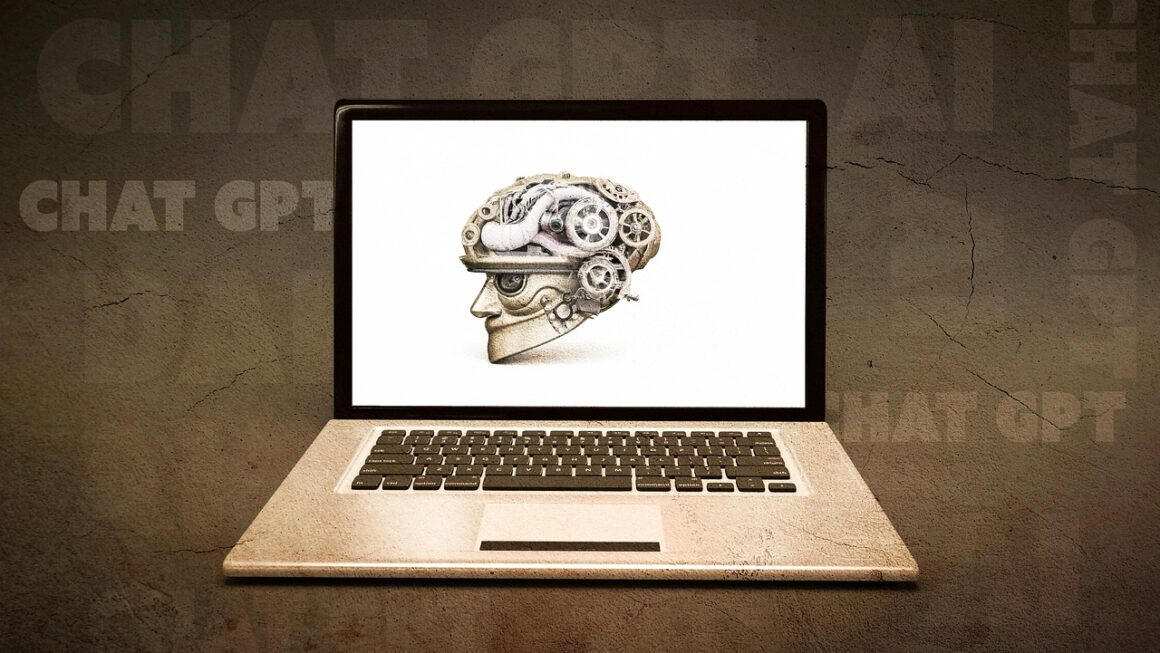Chatbots are no longer a futuristic fantasy; they’re a present-day reality revolutionizing how businesses interact with customers and streamlining internal operations. From answering simple questions to providing complex support, chatbots are becoming an indispensable tool for organizations of all sizes. This comprehensive guide delves into the world of chatbots, exploring their capabilities, benefits, and implementation strategies.
What is a Chatbot?
Defining a Chatbot
A chatbot is a computer program designed to simulate conversation with human users, especially over the internet. These digital assistants can understand and respond to text or voice commands, providing information, completing tasks, or offering customer support.
Types of Chatbots
Chatbots are broadly classified into two main categories:
- Rule-based chatbots: These operate based on pre-defined rules and keyword recognition. They follow a script and can only respond to specific commands. They are easier to develop and deploy but are less flexible.
- AI-powered chatbots: These utilize artificial intelligence (AI), including natural language processing (NLP) and machine learning (ML), to understand user intent, even if the phrasing is varied or complex. They can learn from interactions, improving their responses over time. A practical example of this is sentiment analysis, where the chatbot analyzes the emotional tone of the user and adjusts its response accordingly.
How Chatbots Work
At their core, chatbots work by:
Benefits of Using Chatbots
Enhanced Customer Service
- 24/7 Availability: Chatbots provide immediate support, even outside of business hours, ensuring customers always have access to assistance. Studies have shown that a 24/7 availability significantly increases customer satisfaction.
- Instant Responses: No more waiting on hold! Chatbots deliver quick answers to common questions, improving customer experience and reducing frustration.
- Personalized Interactions: AI-powered chatbots can analyze customer data to offer personalized recommendations and support, creating a more engaging experience. For example, a chatbot on an e-commerce site can recommend products based on previous purchases.
- Reduced Wait Times: By handling simple inquiries, chatbots free up human agents to focus on more complex issues, reducing wait times for customers with intricate problems.
Increased Efficiency and Productivity
- Automation of Repetitive Tasks: Chatbots can automate tasks such as answering FAQs, scheduling appointments, and processing orders, freeing up employees to focus on more strategic work.
- Lead Generation and Qualification: Chatbots can engage website visitors, collect lead information, and qualify leads based on pre-defined criteria, improving sales efficiency. For instance, a real estate company can use a chatbot to gather information about a potential buyer’s preferences and budget.
- Improved Internal Communication: Chatbots can be used internally to answer employee questions, provide access to company resources, and facilitate communication between departments.
- Data Collection and Analysis: Chatbots collect valuable data on customer interactions, providing insights into customer preferences, pain points, and trends. This data can be used to improve products, services, and marketing strategies.
Cost Reduction
- Reduced Labor Costs: By automating tasks and handling a large volume of customer inquiries, chatbots can significantly reduce labor costs associated with customer support and other functions.
- Improved Customer Retention: Providing excellent customer service through chatbots can increase customer satisfaction and loyalty, leading to improved customer retention rates.
- Scalability: Chatbots can easily handle a large volume of inquiries, scaling up or down as needed without requiring additional staff.
Implementing a Chatbot
Defining Your Goals
Before implementing a chatbot, it’s crucial to define your goals. What specific problems are you trying to solve? What tasks do you want the chatbot to handle?
- Examples:
Reduce customer support costs by 20%.
Increase lead generation by 15%.
Improve customer satisfaction scores by 10%.
Choosing the Right Platform
Several chatbot platforms are available, each with its own strengths and weaknesses. Consider your technical expertise, budget, and specific needs when choosing a platform.
- Popular Platforms:
Dialogflow (Google): A powerful and versatile platform for building AI-powered chatbots.
Microsoft Bot Framework: A comprehensive framework for building bots that can be deployed across various channels.
Amazon Lex: A service for building conversational interfaces using voice and text.
Manychat: A popular platform for building chatbots for Facebook Messenger and other messaging apps.
Chatfuel: A user-friendly platform for building simple chatbots without coding.
Designing the Conversation Flow
Carefully design the conversation flow to ensure the chatbot provides a seamless and intuitive user experience.
- Key Considerations:
Clear and concise language: Use simple and easy-to-understand language.
Logical flow: Guide users through the conversation in a logical and intuitive manner.
Error handling: Provide helpful error messages when the chatbot doesn’t understand the user’s input.
Hand-off to human agent: Ensure a smooth hand-off to a human agent when the chatbot is unable to resolve the issue.
Training and Testing
Once the chatbot is developed, it’s crucial to train it on relevant data and thoroughly test it to ensure it performs as expected.
- Training Data: Provide the chatbot with a large dataset of conversations to learn from.
- Testing: Test the chatbot with real users to identify any issues and refine its responses.
- Continuous Improvement: Continuously monitor the chatbot’s performance and update its knowledge base to improve its accuracy and effectiveness.
Chatbot Best Practices
Personalization is Key
Users are more likely to engage with a chatbot that feels personal and relevant to their needs.
- Use the user’s name whenever possible.
- Offer personalized recommendations based on their past behavior.
- Tailor the chatbot’s responses to their specific needs.
Keep it Simple
Avoid overwhelming users with too much information or complex instructions.
- Use clear and concise language.
- Break down complex tasks into smaller, more manageable steps.
- Provide helpful prompts and suggestions.
Be Transparent
Let users know they are interacting with a chatbot, not a human.
- Clearly identify the chatbot as a digital assistant.
- Provide an option to speak with a human agent.
Track and Analyze Performance
Monitor the chatbot’s performance to identify areas for improvement.
- Track key metrics such as user engagement, completion rates, and customer satisfaction.
- Analyze user feedback to identify pain points and areas where the chatbot can be improved.
- Use A/B testing to experiment with different conversation flows and responses.
Conclusion
Chatbots have transitioned from a novelty to a vital tool for businesses seeking to enhance customer service, boost efficiency, and reduce costs. By understanding the different types of chatbots, their benefits, and best practices for implementation, organizations can leverage these powerful digital assistants to achieve significant improvements across various aspects of their operations. Embracing chatbot technology is no longer a matter of future-proofing; it’s a necessity for staying competitive in today’s rapidly evolving digital landscape.




